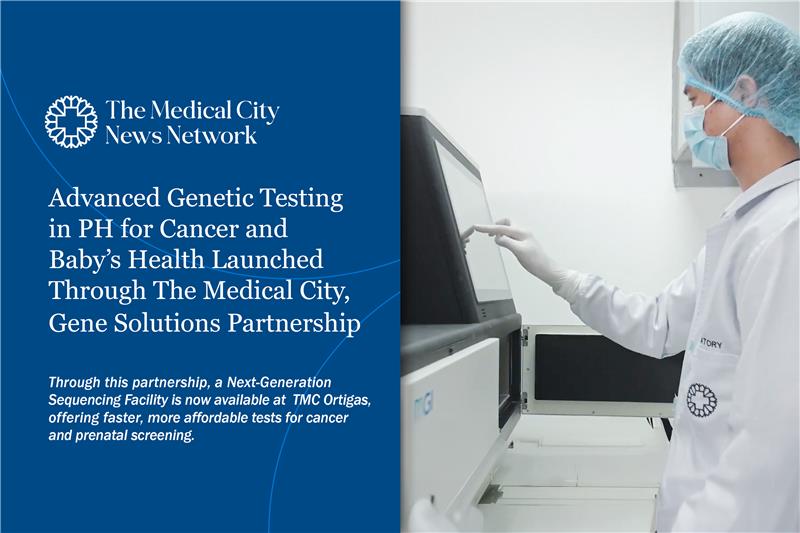Everything you need to know about Tuberculosis

Tuberculosis (TB) remains a global health concern, affecting millions of people each year and posing a significant challenge to public health systems worldwide. Despite medical advancements, TB continues to be a leading cause of morbidity and mortality, particularly in low-income and resource-limited countries, like the Philippines. According to the Department of Health, TB is still among the top 10 leading causes of deaths in the country.
Tuberculosis (TB) remains a global health concern, affecting millions of people each year and posing a significant challenge to public health systems worldwide. Despite medical advancements, TB continues to be a leading cause of morbidity and mortality, particularly in low-income and resource-limited countries, like the Philippines. According to the Department of Health, TB is still among the top 10 leading causes of deaths in the country.
Tuberculosis is an infectious disease caused by the bacterium Mycobacterium tuberculosis. It primarily affects the lungs but can also target other organs, leading to various forms of the disease. TB is primarily transmitted through the air when an infected person coughs, sneezes, or talks, releasing respiratory droplets containing the bacteria. Individuals with weakened immune systems, such as those with HIV/AIDS, malnutrition, or diabetes, are particularly vulnerable to TB.
Symptoms
Common signs of TB include persistent cough, chest pain, fatigue, weight loss, night sweats, and fever. It can progress to a more severe state if left untreated, causing extensive lung damage and spreading to other parts of the body.
Diagnosis
Doctors diagnose tuberculosis through a combination of medical history, physical examination, and various tests. Tuberculin skin tests and interferon-gamma release assays are commonly used to detect latent TB infection. Chest X-rays and CT scans may reveal abnormalities in the lungs, while sputum tests are essential for confirming active TB. Molecular diagnostic techniques, such as polymerase chain reaction (PCR), may also be used for faster and more accurate detection.
Treatment
TB treatment involves a combination of antibiotics that patients need to take over a period of time, usually six to nine months. It is important for patients to complete the entire course of antibiotics to ensure the complete eradication of the bacteria and prevent the development of drug-resistant strains.
Prevention
TB may be prevented. Vaccination with the Bacillus Calmette-Guérin (BCG) vaccine is one preventive measure, particularly in regions with high TB prevalence. It is routinely given to infants and small children. Proper ventilation and respiratory hygiene help minimize the risk of transmission. Individuals with latent TB infection may receive preventive therapy to reduce the risk of progression to active disease.
The Medical City Tuberculosis (TB) Program offers diagnostic and treatment services for patients with either suspected or confirmed disease. Our specialists are trained to deliberate on sputum–negative persons suspected to have the disease. This approach lessens the probability of the over-or-under diagnosis of TB.
Media Requests
For media requests or to interview a TMC TB Specialist, visit https://www.themedicalcity.com/media-requests or email media@themedicalcity.com










